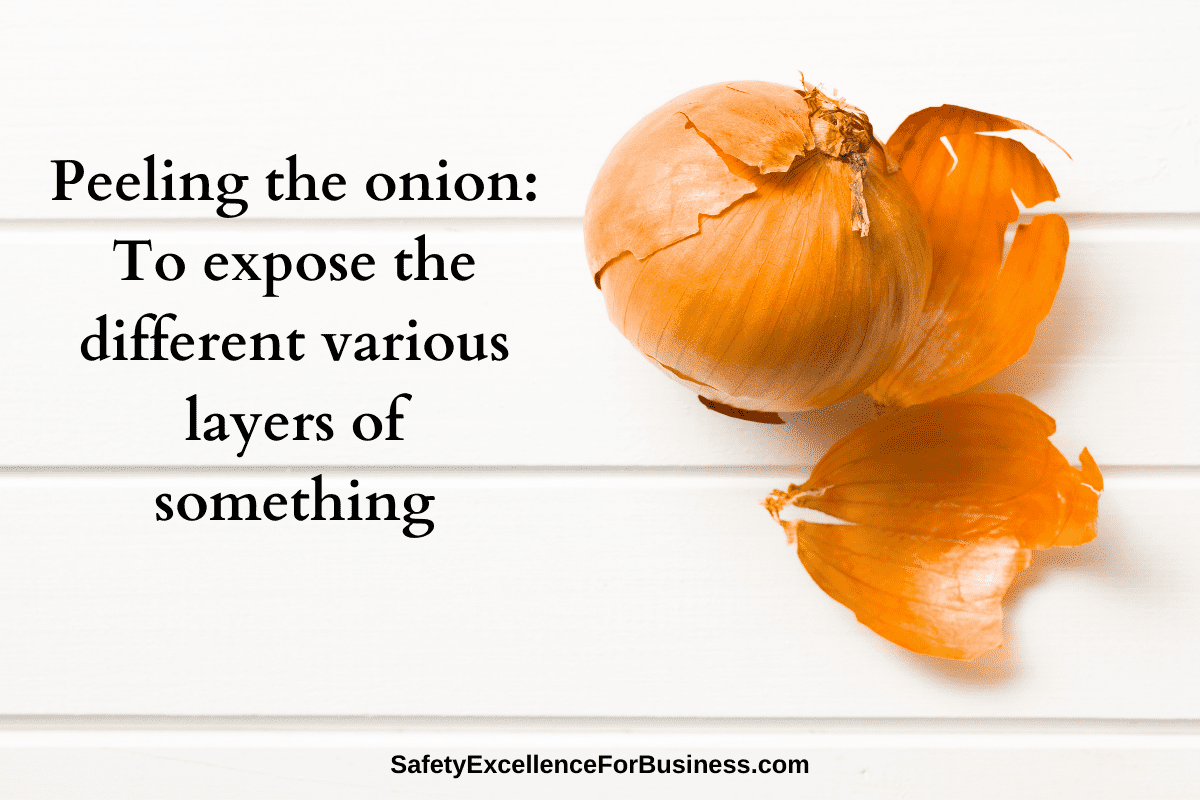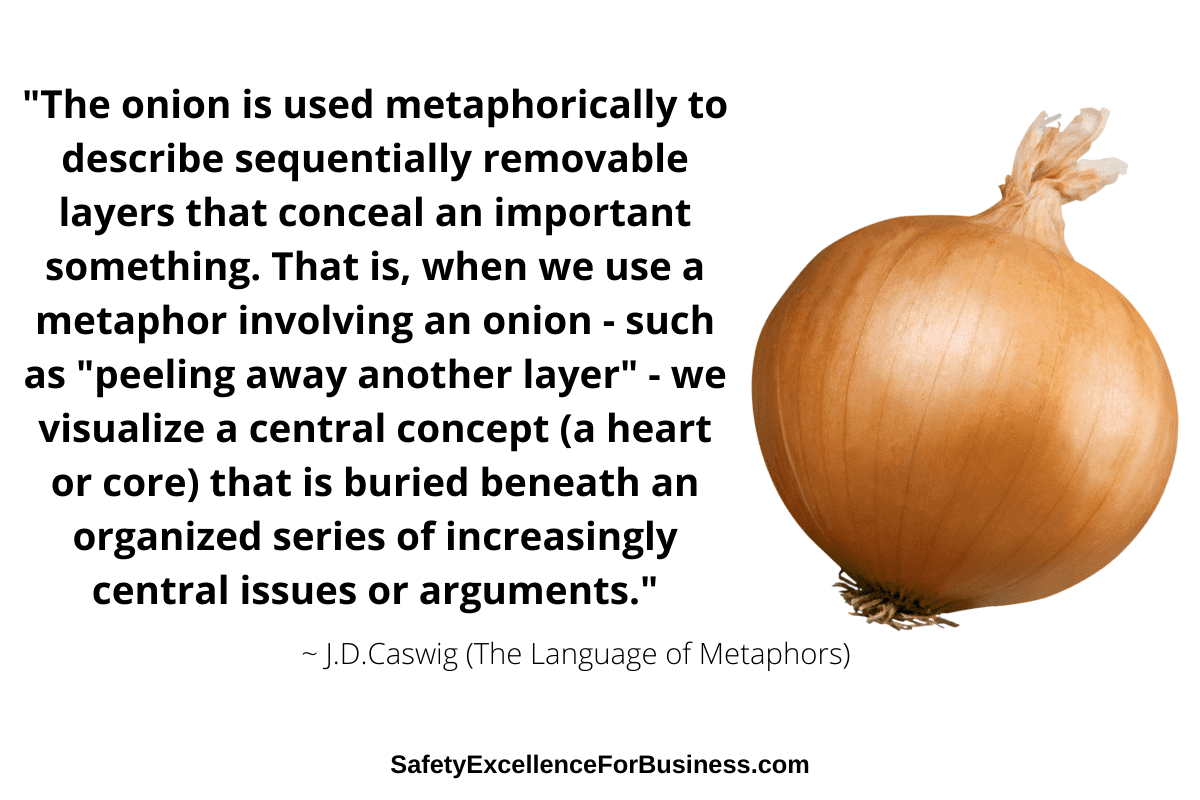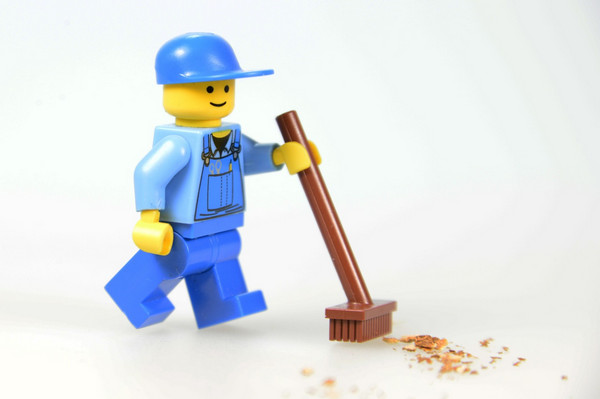Let’s peel back the onion on some recently published Safety Stats.
The number of people killed at work dropped in 2020 – Good News!
The Year 2021 was full of changes and challenges. Much of the news was pretty negative. But, one piece of good news was that the US Bureau of Labor Statistics reported that the number of fatal occupational injuries in 2020 dropped from 5,333 in 2019 to 4,764 in 2020. This is the first drop in fatalities since 2014. This is good, but no one knows why this happened. There are many possible things that could have had an impact. We must peel back the onion and look deeper.
Here are some stats:
- Did the COVID epidemic have an influence? Probably.
- Were there fewer businesses operating? Yes.
- Were fewer people actually at work? Yes.
- The pressures of excessive overtime were up as businesses began to expand again but could not get enough people to fill all the positions. Did this have an impact? Maybe.
- Were the numbers unclear because there were more part-time workers? Probably.
- Was management actually doing a better job in the safety arena? I hope so!
- Even though there was a lot more stress among the people with all the COVID worries, the number of murders dropped by 14.5%. Women made up 16.3% of workplace homicides. Maybe people were handling the stress better than usual. I hope so!
- Exposure to harmful substances went up, including overdose of drugs. Was this from increased workplace pressures. Maybe.
- Fatal injuries among law enforcement people went up 18.6% to 115 people. Thank you for your courage!
This is a complex problem with which all of us in safety are working to improve. The number of fatal injuries in 2020 was lower than it has been (and that is a good thing!), but the reasons are multifaceted. Please keep up the safety work you are doing and we’ll see if the 2021 numbers improve again.
What Do Workers Want?
American workers want better stability, safety, and leadership.
Randstad, USA, a large professional and commercial staffing organization, recently conducted a survey of their clients, finding that the COVID situation had an enormous impact in raising the workers’ concerns for safety. Workers want their leaders to clearly take the lead, making and acting on decisions to improve their safety and the stability of the workplace environment. Workers want clear standards on vaccinations and working conditions like spacing and overtime considerations. This is a big challenge since guidance from the Government, OSHA, the CDC and the courts is in such flux, and the shortage of skilled workers complicates this even further. This is a huge source of stress on everyone. It is critical that there is open, honest conversations among all the people so the best, most logical decisions can be made. This is really the work of leaders and the people want them to step up and lead.
Getting back to the onion metaphor…the Leader needs to be rooted (strength of conviction, knowledgeable) and have a strong inner core…yet be flexible, able to listen, communicate and most importantly, to be able to step up and lead.
Call to Action: As you peel back the onion around the safety performance of your workplace during this past year, what will you find? Contact me (716-622-6467) and I’ll share with you the “Layers of Safety” I use when speaking to Leaders on becoming the most effective they can be in leading Safety in the Workplace.


 I have abstracted it here for those reading this newsletter since you may have missed it.
I have abstracted it here for those reading this newsletter since you may have missed it. In all cases, the healthcare provider and local health department should be consulted.
In all cases, the healthcare provider and local health department should be consulted.




